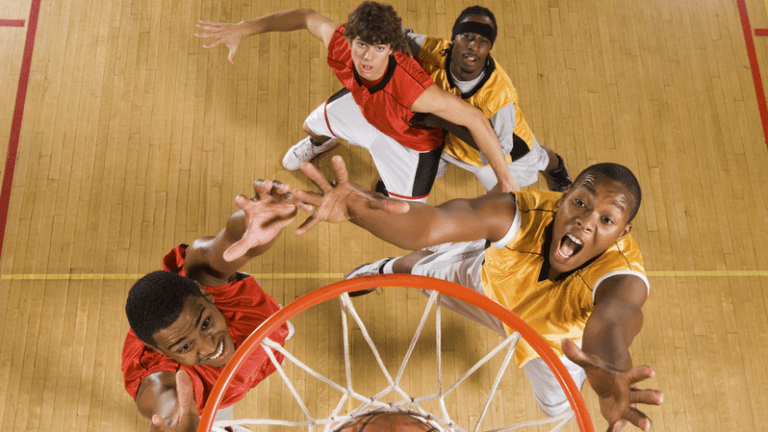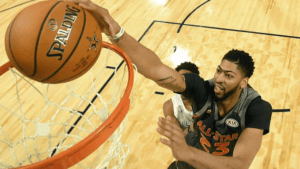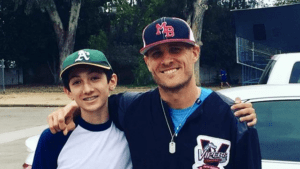Not only have I been fascinated with sports and improving my abilities, but I was once a police officer. Like athletes, police officers have to practice their skills. In order to effectively draw, holster and come out on target with your service weapon, it took constant repetition. The training officer would stand in the back of the firing line yelling “on my command, draw, on target” over and over again. It was also preached that prior to going to work every day that you draw and holster your weapon ten to twelve times. This was accomplishing muscle memory. Muscle memory is key in a high stress environment. When your body is stressed it relies only on what it can naturally do. So if you are a police officer and are faced with danger, you know only how to do one thing; draw your weapon and come out on target. The same goes for basketball training.
Dribbling is the most if not the only important skill in basketball. If you cannot dribble the ball, then you cannot go down to the other end of the court and score a basket. In my playing days, I was often handed a tennis ball instead of a basketball. I was told to dribble up and down the court with this tennis ball. I thought the basketball was crazy. It wasn’t until after about 3 hours of dribbling a tennis ball in practice that I understood what the coach was doing. He was teaching me that if I can dribble a tennis ball- a small, felt covered, and awkward ball- then, I could dribble a large leather ball. My dribbling skills improved and so did my scoring. Every day at practice, I continued to dribble a tennis ball and even do layup drills with the tennis ball. Every day after the tennis ball, I did the same drills with the basketball. I improved my dribbling and lay up skills immensely.
Muscle memory is key! When game time came around, I did not have to think about how to dribble. I knew that the as large as the basketball was it would automatically fit into my palm when I pushed it to the ground and it bounced back up. I was feeling for a tennis ball, but a basketball came back instead. I had dribbled a tennis ball so much that it was automatic that I was dribbling a basketball and not a tennis ball. I had developed a “muscle memory” for dribbling a tennis ball and basketball that dribbling was like breathing to me; it was natural.
Key Training Points
- Dribble a tennis ball at least 30 minutes a day.
- Dribble a basketball after the tennis ball for at least 30 minutes.
- Conduct layup drills with a tennis ball
- Conduct layup drills with a basketball following layup drills with a tennis ball.
- Practice crossover dribbling with a tennis ball.
- Continue to look forward while dribbling a tennis ball. (This will help in feeling for a tennis ball instead of a basketball and will make dribbling easier.)
- ALWAYS HAVE FUN!
How useful was this post?
Click on a star to rate it!
Average rating 3.3 / 5. Vote count: 3
No votes so far! Be the first to rate this post.



